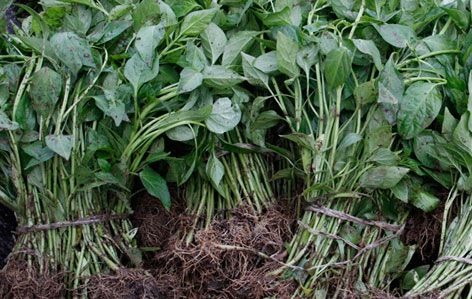Quelites: The Humble Herbs Enriching Mexican Cuisine
Discover the world of quelites, the humble and nutritious edible herbs that enrich Mexican cuisine. Learn about their varieties, traditional preparations, and how to incorporate them into your cooking for a taste of Mexico's rich gastronomic culture.





